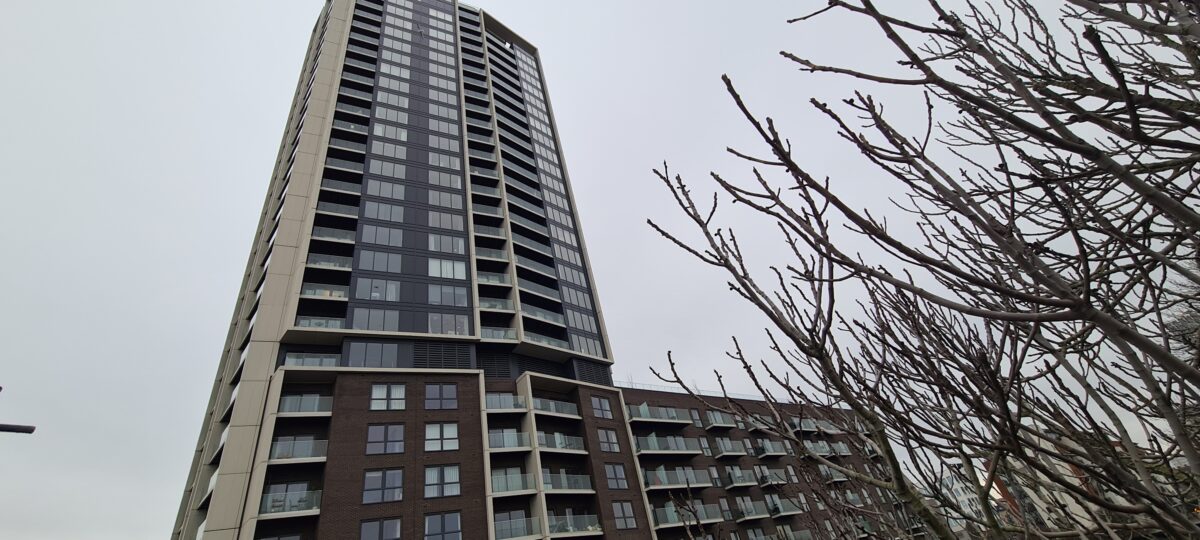The Levelling Up, Housing and Communities select committee is mid-way through an inquiry into shared ownership, which includes looking at the barriers to achieving full home ownership under the model and whether it is genuinely an affordable route to owning a home. Delve deeper into the terms of reference and it asks an interesting question: “are alternative schemes such as ‘Rent to Buy’ viable and do they offer more value for money?”
Rent to buy is not a new concept – the Coalition Government launched a £400m Rent to Buy scheme back in 2014 – but it has never really taken off in the way that other schemes to support first-time buyers have. From our experience on the ground, however, it feels like the tide is finally turning in favour of the tenure as more providers enter the market and an increasing number of local authorities adopt it as part of their housing mix.
This is perhaps a result of increasing recognition that the model has the benefit of tackling two key problems at once: in the vast majority of cases it provides new affordable homes to rent, whilst also providing a realistic route to ownership.
The Government describes Rent to Buy as helping tenants to save for a deposit to buy a home by offering properties at a discounted rent, normally 20% less than market rent.
Historically, it has been seen as a ‘niche’ product and there has been limited availability of it across the country, perpetuating the lack of awareness of the offer.
Now, with new entrants to the market, the sector is growing, but the challenge is that it is not homogenous. There are rent to buy products delivered by housing associations as part of their affordable rent provision; privately funded models that are included in local authorities’ affordable home ownership offer; and then rent to buy products that aren’t badged as affordable housing at all but are instead delivered as market homes. Muddying the waters further, the length of the rental period varies depending on the scheme – the 2014 scheme had a minimum of seven years renting, whilst the government website now states an initial rental agreement of just two. Some, like ours, offer a gifted deposit to add to renters’ savings, whereas others use the rental payments to count towards buying the property. This makes the sector hard to define in planning policy and confusing to navigate for local authorities, who are understandably wary of new providers in the market. Often, it is easier to stick to doing what they know.
However, as the cost-of-living crisis continues to bite, it is an attractive offer for renters who are struggling to save for a deposit and meets a major need in the market. Importantly, we have seen that it can successfully turn renters into homeowners.
As Keir Starmer looks for tangible ways to deliver Labour’s commitment to becoming the party of home ownership, he would be wise to look at how he can support growth of the rent to buy sector.
First and foremost, we know that saving for a deposit is one of the main challenges to getting on the housing ladder. In June, Zoopla found that the average deposit paid by a first-time buyer was £34,500, rising to £72,000 in the South East and over £144,000 in London.
For those who can’t rely on the ‘bank of mum and dad’, the difficulty is that often there is very little money left to put aside after paying rent and other monthly bills. The English Housing Survey notes that half of renters – some 2 million households – don’t have any savings at all. This rises to three quarters of those in the social rented sector.
This leads to a situation whereby the majority of first-time buyers come from the top two highest income groups, pricing out our nurses, teachers, retail and hospitality workers. This should not be the case. Workers across all income brackets should have a realistic prospect of being able to buy a home where they live. And we know that this is what they want; the aspiration to own has been constant at around 9 in 10 people for many years.
Labour will not be able to increase levels of home ownership and social mobility unless it addresses the deposit barrier. Rent to buy models do this in a way that Shared Ownership does not, by enabling tenants to move into the home that they will one day own without having to pay a deposit upfront, and instead being given the time and support to save for this.
The latest figures show that the average deposit for an initial equity stake under Shared Ownership was £20,800, putting it out of reach of the half of renters without savings. There is then the challenge of having to ‘staircase’ to full ownership, and the costs associated with this. Currently, comprehensive data on how many people reach full ownership and the time taken to do so does not exist, however, the House of Commons Library notes that the number of households staircasing to 100% in 2020-21 was equivalent to just 2.3% of all shared-equity homes owned by housing associations.
Homes England similarly does not collect post-sales information on grant-funded rent to buy homes; however under our model, 95% of renters have successfully become homeowners with a high street mortgage at the planned point.
On the question of whether rent to buy offers good value for money, we and other privately funded providers have proven that it is possible to deliver affordable home ownership products entirely without grant. We are fully funded by institutional investment such as major UK pension funds, meaning that there is no cost to the public purse whatsoever. As well as bringing more funding to the sector overall, using private investment to deliver affordable home ownership products enables local authorities to direct their grant funding to deliver more social housing; a win-win. This is an avenue that the Party seems interested to pursue, as the NPF document outlines that Labour will “encourage more private investment, properly regulated, in new supply”.
Rent to buy’s challenge is not that it is unviable, but that it has been small-scale and is not well known. With Help to Buy having ended, now is the time for it to be brought into the limelight and promoted as a major route to home ownership. Such a campaign from a future government would help boost local authority confidence and acceptance, encouraging more providers to the market and in turn increasing home ownership.
In addition, whilst privately funded providers do not require government grant through the Affordable Homes Programme, one of the main challenges is that local authorities are often reluctant to accept providers that are not government funded due to uncertainty over their standing. A Homes England equity programme for the rent to buy market would help to provide local authorities with confidence that the models had government support and had been assessed for quality and viability.
Following the G15 landlord Metropolitan Thames Valley Housing entering the rent to buy sector for the first time earlier this year, Inside Housing wrote: “Rent to Buy has been touted as a model that could replace shared ownership as the dominant affordable-ownership tenure.”
We believe that it can and that the Labour Party should be looking at how to make the most of its untapped potential.

Steve Collins
Steve is the Chief Executive at Rentplus, and has worked for more than 25 years in both public & private housing and development sectors


